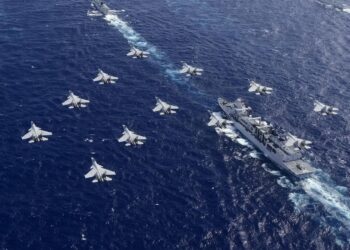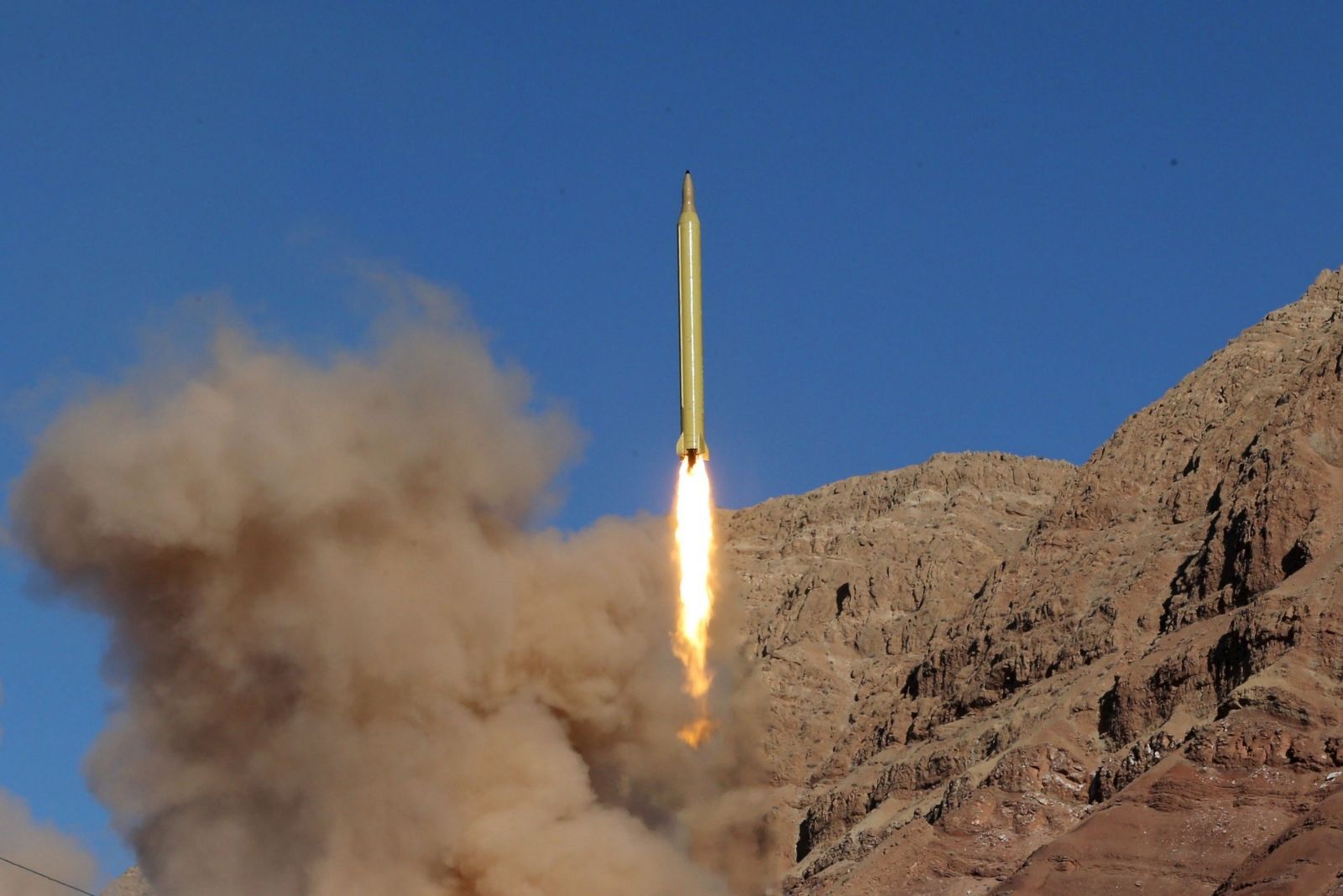US Department of Defense,
SUFFOLK, Va: A new laboratory being built at U.S. Joint Forces Command’s Joint Warfighting Center here will enable analysts and warfighters alike to “step into” data fields like those that bombard them during real-life missions.
The “knowledge advanced visualization environment,” or KAVE, will expose many of the variables and “what ifs” associated with real-life operations, explained Army Maj. Caeli Hull, the command’s deputy division officer for innovation and experimentation.
Users will don 3-D glasses before stepping into the 18-by-10-foot structure. State-of-the-art computer effects and multiple data feeds delivered through screens on all four walls and the floor will converge to create a realistic, three-dimensional environment.
Hull called the KAVE a big step forward in helping joint warfighters and planners view real-world operational data in innovative ways.
This supports the “Command and Control C2 vision” of Marine Corps Gen. James N. Mattis, commander of Joint Forces Command, officials said. “A solid training and education foundation allows commanders and their staff to operate effectively in complex, chaotic and degraded/hostile information environments,” Mattis said in a C2 vision memo he distributed to his staff.
Hull called the KAVE “a way of making what isn’t known known. People can look for trends and patterns that they wouldn’t otherwise see,” she said.
The KAVE concept isn’t new within the intelligence community. Similar labs already are in place at U.S. Pacific Command’s headquarters in Honolulu, at U.S. Southern Command’s Joint Interagency Task Force South in Key West, Fla., and at the National Reconnaissance Office and Defense Intelligence Agency in Washington. But Joint Forces Command’s will be the first five-sided version, Hull said, incorporating the very latest technical innovations for intelligence processing.
The lab, to be completed this spring, will be the icing on the cake at the command’s Joint Intelligence Lab, which opened in April. The 16,000-square-foot facility provides an experimental environment for testing intelligence concepts, processes, technology and prototype initiatives, Hull said.
The lab focuses on critical intelligence issues facing joint commanders, combatant commanders and joint task forces. “Everything we develop in here gets transitioned,” Hull said. “The focus is on putting information in the hands of the guy on the ground.”
The new lab provides a controlled testbed for improving intelligence capabilities while exploring emerging ones, and better integrating intelligence with operations and plans. The facility’s centerpiece is a 38-by-18-foot “knowledge wall” that feeds data from multiple military networks at a resolution up to 18 times that of high-definition home TVs. Overlapping and sometimes competing information gives a more complete operational picture. Staff sort through and prioritize the inputs, resulting in “better analysis and better decision-making,” Hull said.
The JIL’s greatest contribution, she said, is the way it enables military people to work with their counterparts across government and in academia and industry in person or through shared technologies. It’s the kind of collaboration that promotes joint, interagency and international cooperation critical to missions ranging from warfighting to stability operations to humanitarian assistance and disaster relief, she added.
“C2 is the essence of our ability to flight as one team with our Joint, interagency, and multinational partners,” Mattis wrote.
“When you bring the data together and the people together, things can happen,” Hull said.
Mattis said during a discussion last month at the Brookings Institution that technologies like those being explored at the JIL provide tremendous support to warfighters. But these technologies are enablers for the men and women who depend on them — not solutions in themselves, he emphasized.
“War is fundamentally a social problem that demands human solutions, despite the American penchant for a purely technological solution,” he said.









